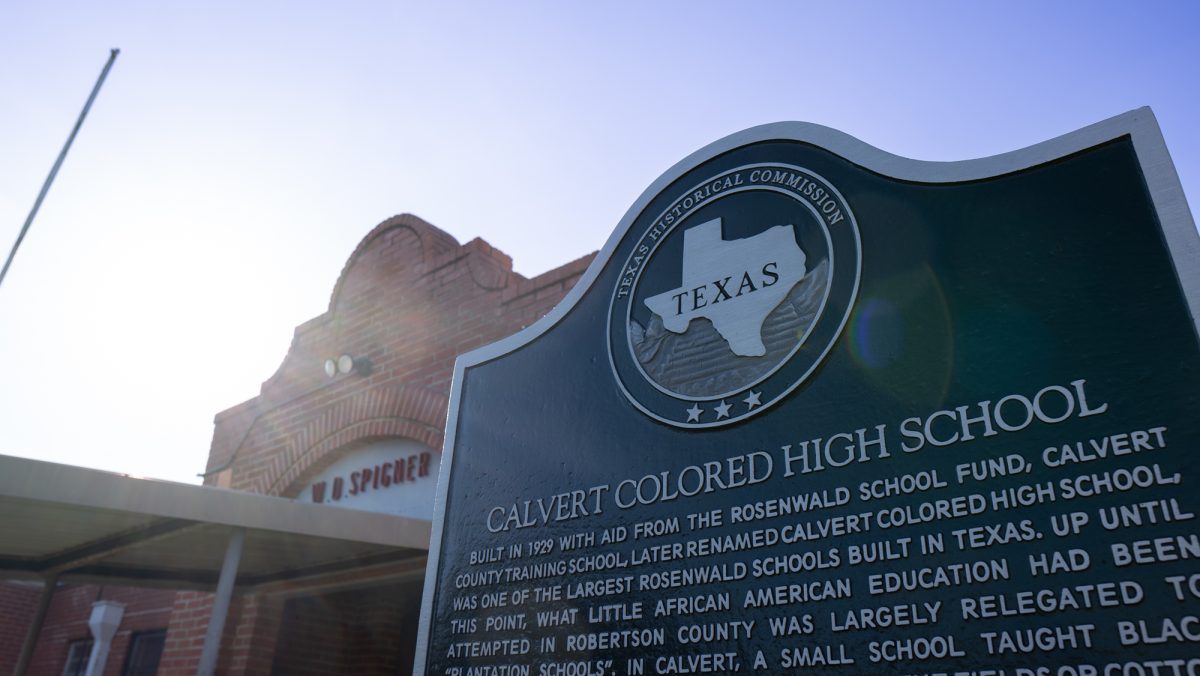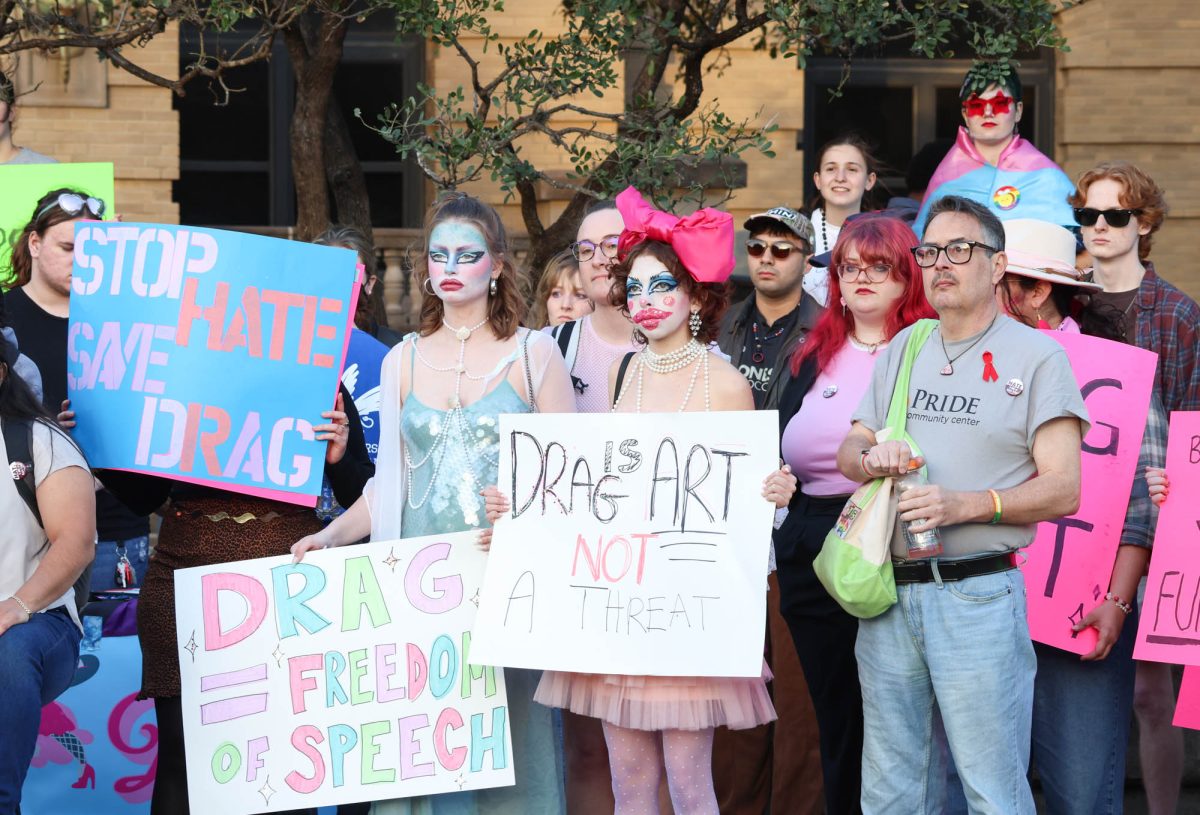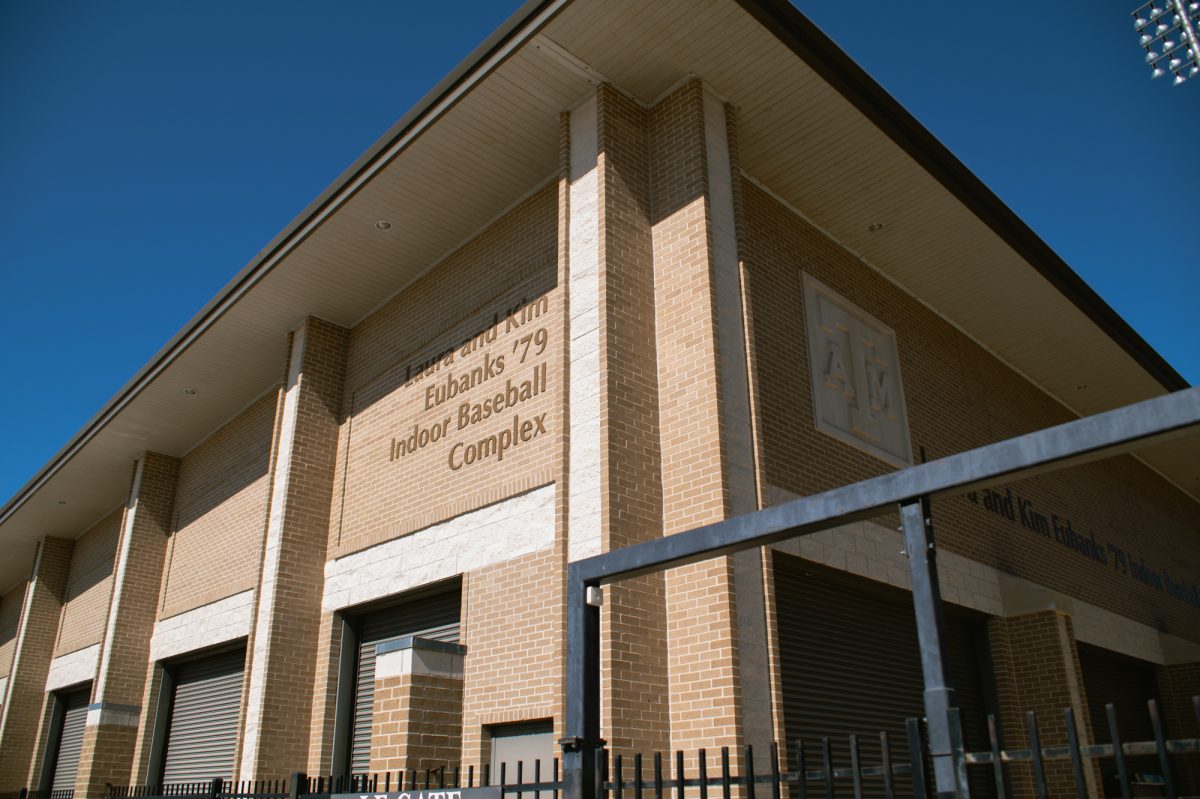In May, the Calvert Colored High School was designated as a historical landmark. The project was spearheaded by Myeshia C. Babers, PhD., a former Texas A&M professor and currently an assistant professor at Western Washington University in the Department of Ethnic Studies.
Calvert Colored High School was built in 1929 under the Rosenwald School Fund, a program that built higher-quality schools for Black students in rural areas.
“Booker T. Washington, founder of the Tuskegee Institute, had this idea that we need to address the educational disparity among children in the rural south,” Myeshia said.
With this idea, Washington went to Julius Rosenwald, founder of Sears Company, and with Rosenwald’s funding, the two began their mission to build high-quality schools for black students all across the rural southern United States. Between 1917 and 1932, they built almost 5,000 schools.
Myeshia said that during the era of segregation, Black students were primarily expected to attend plantation schools which offered low-quality education. They also struggled with attendance and retention, as they typically only had one teacher and many students would drop out to work on sharecropping fields.
“Plantation schools were just basic education — just literacy and basic math,” Myeshia said. “The transition to the Calvert Colored School [offered] the curriculum of formal education … that put [students] in competition with jobs that white people were doing in the town.”
The process for obtaining the historical landmark designation was lengthy and intensive. Over the past four years, Myeshia worked with the Calvert Colored/WD Spigner Alumni Association, Calvert mayor Layla Wright and the Robertson County Historical Society to preserve the historical site.
“I found the [Texas Historical Commission’s] general application, which is a really long application because historical markers are, apparently, a competitive process,” Myeshia said. “The United States is old, so there are a lot of … plots of land where significant things happened that are older than 50 years, which is a requirement for a historical artifact.”
Myeshia began the general application process, until she discovered another route — the Undertold Markers Program. The program offers historical designations specifically for artifacts of minority groups or undertold stories. The process under this program was much shorter, less competitive and did not require outside funding, as the state paid for the historical marker. However, while shorter, there was still much work to be done in researching the school to show the significance of the landmark to the Texas Historical Commission.
“As you can imagine, with some historical structures — at least in the African American community — not a lot gets published about these buildings, so a lot of it is word of mouth,” Myeshia said. “I found an article about someone who inspected the building … and that was really good, and then the rest of the information came from alumni.”
Alumni, as well as the alumni association, played a big role in obtaining the historical landmark designation. The building was owned by the association, so it was required to sign off on the process and give permission for the designation. Its main contribution, though, was the extensive information it provided. Charlie Babers serves as the president of the Alumni Association.
“[The Alumni Association] was very willing and open to providing historical information,” Charlie said. “We have [alumni] from the class of 1946 that were a wealth of information.”
The designation was granted to the school, but it was still about a year-long wait before the community received the marker. The physical marker was received in May and a dedication ceremony was held later on Aug. 3. Following the designation, the alumni association is now tasked with maintaining and preserving the structure.
“We are in charge of maintaining the school,” Charlie said. “We have fundraisers to raise money … we rent it out for different events, that helps bring money in too … [and] now we’re able to apply for grants.”
Calvert Colored High School remains a site of significance for the Calvert community, both in its historical contribution and its current services as a multipurpose center. The building has been internally renovated to accommodate public use; it’s rented out for community or private events and hosts alumni events.
“It’s an important part of our community,” Charlie said. “It keeps the community connected because we’re a small town, so people that [have] graduated come back for reunions and they’re able to utilize the school.”
Both Charlie and Myeshia Babers expressed their belief in the importance of designating and protecting historical sites.
“The important note is that anybody can apply for a historical marker for a subject which they feel is of historical significance and should be recognized by the state,” Myeshia said. “[The reason] we make pencils with erasers … is so we can change what we say or what is written, but to the extent that you have an artifact, a physical structure, the only way to erase that is to knock it down.”











Jim Holster • Oct 1, 2024 at 2:31 am
We are working on recognizing a school in New Braunfels ( Comal County) that was known in its history first as the Mexican School and later on as the Colored School. The building still exists. It is a challenge to get folks on board , so I appreciate this article.